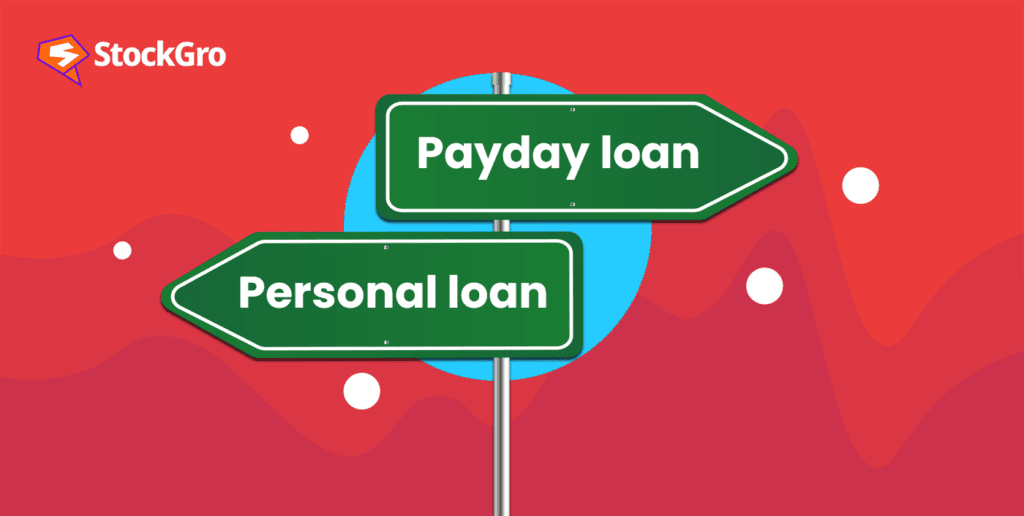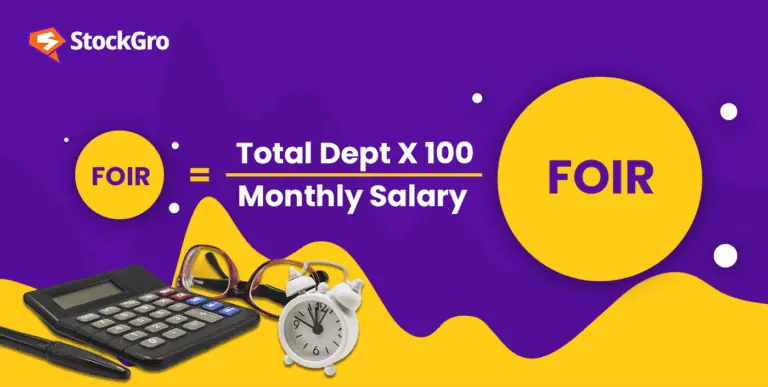
Payday loans and personal loans are often confused because they’re essentially both loans that you get issued from the bank to cover expenses that you couldn’t otherwise cover with your monthly salary. However, as you might have guessed, there are some differences between the two.
In this article, we’re going to explore what they are, and how that can change how you view both these financial instruments.
Payday loans
Payday loans are a short-term fix for salaried individuals. They are also often advertised as free cash or an “advance on your next paycheck” and provide small amounts of money to you in exchange for an extremely short-term repayment cycle – usually from 2 to 4 weeks total.
The typical ticket size for a payday loan could be anywhere from ₹2,000 to ₹25,000. This money is often freely available but comes at a hefty price point. Here are some characteristics of a payday loan:
- Really high interest rates: Payday loans carry notoriously high interest rates, often exceeding 400% APR. This translates to significant interest charges, making repayment challenging and potentially trapping you in a cycle of debt.
- Steep fees: Beyond interest, you could also incur various fees, including origination fees, late payment fees, and rollover fees.
- No credit check: While these loans do seem convenient, they are issued to borrowers with little to no due diligence. From a lender perspective, they’re very risky instruments.
- Potential legal issues: Some places have even banned payday loans because of their potentially predatory nature.
You may also like: Interest coverage ratio – A practical guide
Personal loans
Personal loans offer larger sums (ranging from ₹10,000 to ₹500,000) with longer repayment terms (typically 12-60 months), making them suitable for various needs like debt consolidation, home repairs, or medical bills.
While less readily available than payday loans, they offer several advantages:
- Lower interest rates: Personal loans usually charge anywhere from 10% to 25% in interest, which translates to a lower borrowing cost compared to a payday loan.
- Structured repayment: Fixed monthly repayments are made known to both parties before the contract is signed, which means that it’s easier to budget for.
- Transparent fees: Since banks fall under government scrutiny, they have to be relatively more transparent about their hidden fees to the borrower.
- Credit score impact and due diligence: Banks often run meticulous and thorough background checks on borrowers before issuing personal loans, which make them safer from a bank’s perspective.
Also read: Want to be debt-free soon? Here are some strategies to manage your debts!
Differences at a glance
Here are the major differences between a payday loan and a personal loan at a glance:
| Feature | Payday Loan | Personal Loan |
| Loan Amount | Small (₹2,000-₹25,000) | Larger (₹10,000-₹500,000) |
| Repayment Term | Short (2-4 weeks) | Longer (12-60 months) |
| Interest Rate | Very high (400%+ APR) | Lower (10%-25% APR) |
| Fees | Multiple and costly (origination, late payment, rollover) | Fewer and transparent (origination, late payment, prepayment) |
| Credit Check | No | Yes, impacts credit score |
| Availability | Storefronts, online | Banks, credit unions, online lenders |
| Suitability | Last resort for urgent needs | Various needs, debt consolidation, larger expenses |
Figuring out which loan you need
Remember, both payday loans and personal loans come with responsibilities. Before borrowing, understand the following:
- Your needs: Can you borrow the same amount of money from somewhere that’s cheaper? Are there other, more affordable means of getting this capital – perhaps by budgeting better?
- Shopping around: Don’t accept the first interest rate offer you get – always call a few different lenders and try to negotiate the best possible rate with them.
- Understand affordability: Make sure that the rate you settle on, including the hidden fees and overheads, is something you can afford to pay off at the repayment cycle or earlier.
- Explore your options: You don’t have to take on more debt to give in to an impulse purchase. Make sure that you understand that taking on debt requires responsibility.
Also read: How to create a budget and stick to it
Conclusion
Before deciding whether you need a personal loan or a payday one, we encourage you to understand these differences properly, along with these financial instruments’ individual risks.

